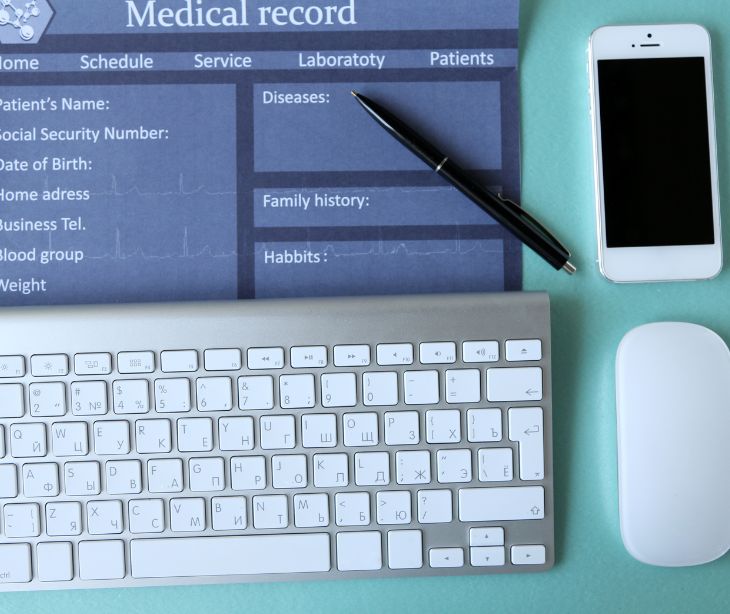
Healthcare leaders often have the challenge of making strategic and operational decisions based on various internal and external sources. Healthcare decision support systems (DSS) can help by aggregating and analyzing data from multiple sources, allowing leaders to make informed decisions.
What are decision support systems
A decision support system is a technology-driven tool designed to help healthcare professionals make informed, data-driven decisions. The primary purpose of a healthcare decision support system is to transform raw data and statistics into meaningful information that can guide decision-making.
By aggregating and analyzing data from multiple sources, these systems provide transparency, clarity, and actionable insights that allow stakeholders to understand the challenges faced by healthcare organizations.
DSS can help leaders and clinicians understand what may be impacting an organization’s performance, whether it's financial, operational, or clinical. By providing transparency into the decision-making process, decision support systems help healthcare organizations ensure accountability and demonstrate the rationale behind their choices.
Read more: Data management in healthcare systems
Types of decision support in healthcare
Healthcare decision support encompasses a diverse range of applications, each tailored to address specific challenges faced in healthcare. The primary types of decision support in healthcare include:
Financial decision support
Financial decision support systems focus on helping healthcare executives, department managers, and other leaders make informed decisions about managing their organizations. These systems aggregate and analyze financial data, enabling leaders to maximize efficiencies, reduce costs, optimize revenue, and position their organizations for growth.
Clinical decision support
Clinical decision support systems are designed to enhance patient care at the bedside. These systems primarily use data from electronic health records (EHRs) to provide clinicians with real-time guidance on diagnosis, treatment, and medication management.
Clinical analytics
Clinical analytics takes a more detailed view of care delivery within an organization. By comparing an organization's clinical data to peer organizations, clinical analytics enables healthcare leaders to identify opportunities for improvement, reduce unwarranted variations in care, enhance care coordination, and optimize workforce productivity.
Read also: HHS finalizes regulations on patient care decision tools, including AI
Components of a healthcare decision support system
Effective healthcare decision support systems typically comprise several components that work together to provide a holistic and integrated approach to decision-making:
Data integration and aggregation
A decision support system must be capable of integrating and aggregating data from multiple internal and external sources, including financial records, clinical data, and market intelligence. Without the correct data, the DSS may not be able to create an accurate view of the organization’s performance.
Analytical tools and reporting
Decision support systems provide analytical tools and reporting capabilities that enable healthcare professionals to explore data, identify trends, and uncover insights. Tools may include advanced analytics, predictive modeling, and visualization capabilities to help stakeholders interpret and act on the data.
Flexibility and customization
Effective decision support systems are designed to be flexible and customizable, allowing healthcare organizations to tailor the system to their unique needs and priorities. A high level of adaptability ensures that the system remains relevant and valuable as the organization's requirements change over time.
User-friendly interface
A well-designed decision support system should feature an intuitive, user-friendly interface that makes it easy for healthcare professionals to access, interpret, and act on the information provided.
Related: Integrating technology into compliance practices
FAQs
What are the different types of decision-making in hospitals?
Some of the different types of decision-making in hospitals include:
- Clinical care decisions such as diagnosis, treatment, and therapy,
- Workforce/staffing decisions such as shift times, staffing levels, and salary/wages,
- Supply chain decisions such as order quantities, brands, and supply companies for medical and non-medical supply purchases,
- Service line management decisions including necessary staff, equipment, and facilities,
- Ancillary services management decisions like hospital food vendors and services,
- Care transfer decisions governing patient flow to different levels of care within the care continuum,
- Facility management decisions such as routine maintenance needs, repairs, renovations, and upgrades,
- Strategic growth decisions such as new facilities or service line expansions.
What are the challenges in implementing healthcare DSS?
Challenges may include:
- Data quality and integrity: Ensuring accuracy, completeness, and timeliness of the data.
- Organizational resistance to change: Overcoming resistance from healthcare professionals accustomed to traditional decision-making processes.
- Integration with existing systems: Seamlessly integrating the decision support system with an organization's current IT infrastructure, including electronic health records (EHRs) and other clinical and financial systems.
- Ongoing maintenance and support: Maintaining and updating the decision support system, including software updates, hardware maintenance, and user training.
Learn more: HIPAA Compliant Email: The Definitive Guide
Subscribe to Paubox Weekly
Every Friday we'll bring you the most important news from Paubox. Our aim is to make you smarter, faster.






